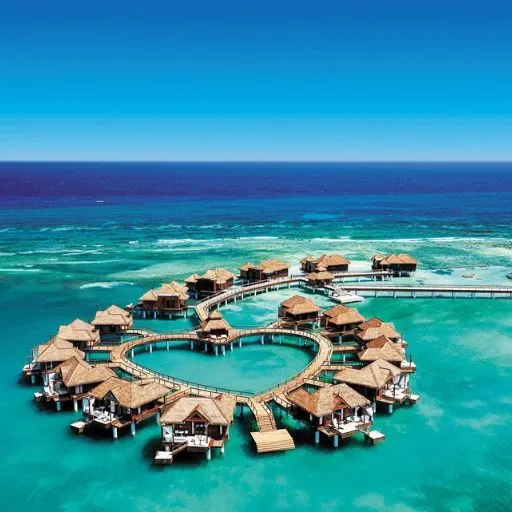Sri Lanka a marine mammal hotspot
Sri Lanka has been known as a biodiversity hot spot from time in memorable, its fauna and flora on land is second to none in the world, as such the marine sphere also follows suite. It possesses rich coral reefs and interconnected habitats. So far Sri Lanka boast of recording 31 species of marine mammals, out of the 119 species so far recorded from the globe. It is interesting to note that from ancient times Taprobane (Sri Lanka) as it was known in time by gone was known as a marine mammal hot spot, these leviathans have been depicted in maps used by our predecessors for navigation when exploring the globe. Henceforth, the name “Cetcum Promotorium” used by Ptolemy the elder to describe a headland in the deep south of the island. This by the notion of Ptolemy, ancient travellers would have seen myriad of cetacean and sirenians in the stipulated area.
Today, Sri Lanka is a bustling capital for whale watching, with many unique populations of cetaceans, and many marine spectacles. We have a non-migratory population of blue whales around the islands waters, some of the largest aggregations of marine mammals (sperm whales, spinner dolphins etc.). come witness these extraordinary events.
Marine Mammals
There is something unique about Cetaceans (whales, dolphins, porpoises) and Sirenians. They are still shrouded in mystery, yet the little we do know about them is both astonishing and awe inspiring. They include the largest animal on earth, the deepest-diving mammal, the mammal with the longest known migration, species that are capable of emitting the loudest sounds in nature, and many other extraordinary creatures. They also include some of the world’s most critically endangered species.
Marine Mammals like all other mammals, the female possess mammary glands, where milk is produced and fed to the young. The calves are born alive and have to be taken care for an extended period of time. Further, these animals breathe air through lungs and are warm blooded.
Marine mammals are a diverse group thought to have evolved from terrestrial ancestors to an aquatic life through a number of unique physical adaptations. Representatives are found in every ocean, on every continent, and in a variety of ecological roles, including herbivours (dugongs), filter feeders (baleen whales), and apex predators (killer whales).
Watching them in the wild is probably the ultimate wildlife experience. Once you have seen a whale, dolphin, or dugong face to face, life is never exactly the same again. There is an immense and lasting satisfaction in simply knowing that it is out there, wild and free. Once seen, it is instilled in one’s mind, the sight of a 150-ton blue whale lunging, or of a sperm whale diving into the cold, dark abyss. Who could fail to be intrigued by the Longman’s beaked whale, which till recently was known from only two partial skulls, or remain untouched by the first documented extinction of an aquatic mammal after the 1950’s Yangtze River dolphins, or the sight of a dugong nurturing its calf in a human like manner.
It is not surprising that every year more than 10 million people join organized trips to watch whales and dolphins in at least 87 different countries and overseas territories around the world.
To date, 30 species of marine mammals have been recorded in Sri Lanka.
For more details, including when to watch and where to find them, Please check the attached .pdf file. By Ranil P. Nanayakkara (Biodiversity Education And Research (BEAR) and University of Kelaniya, Kelaniya, Sri Lanka · Zoology PhD Candidate)





